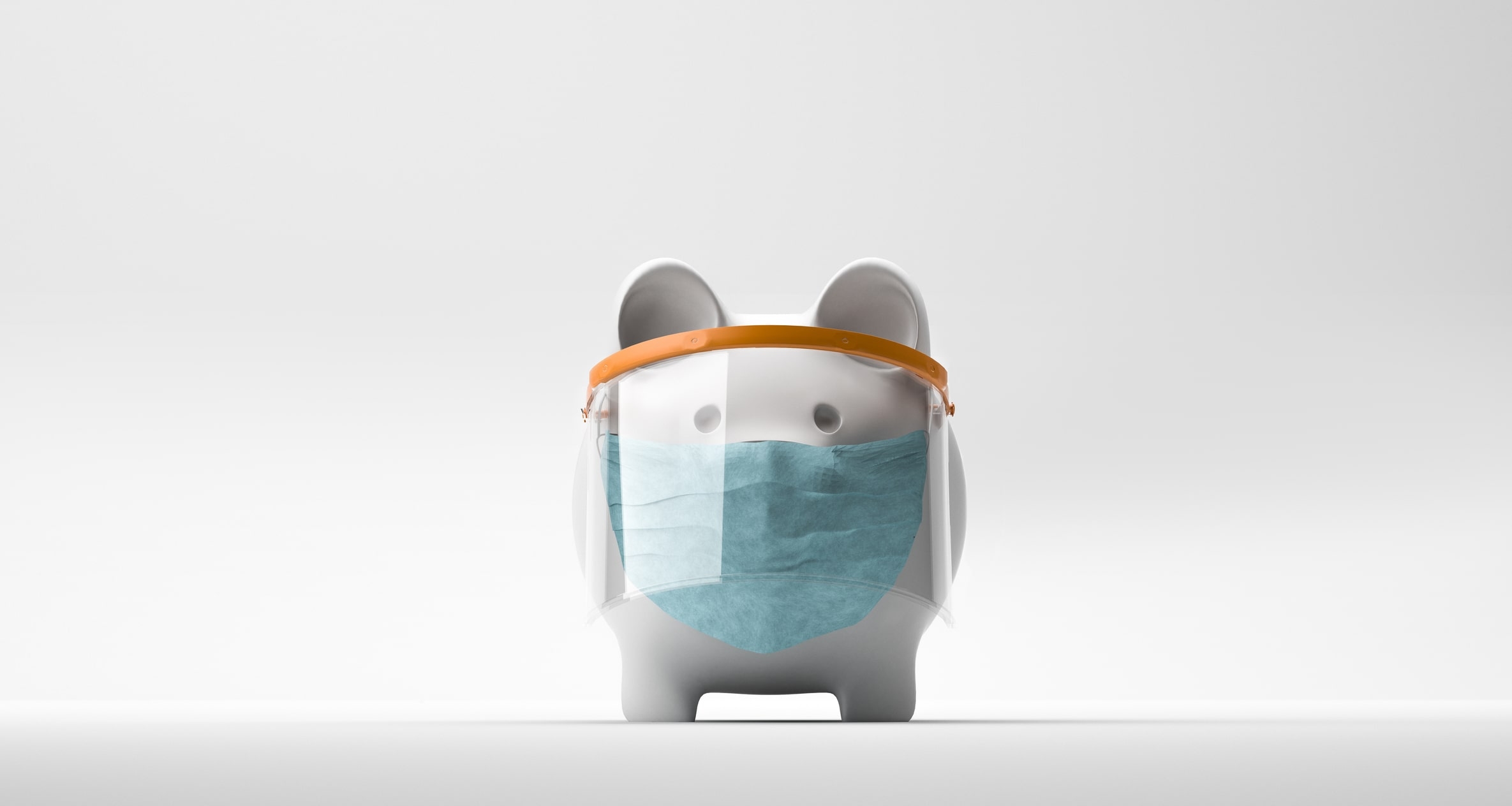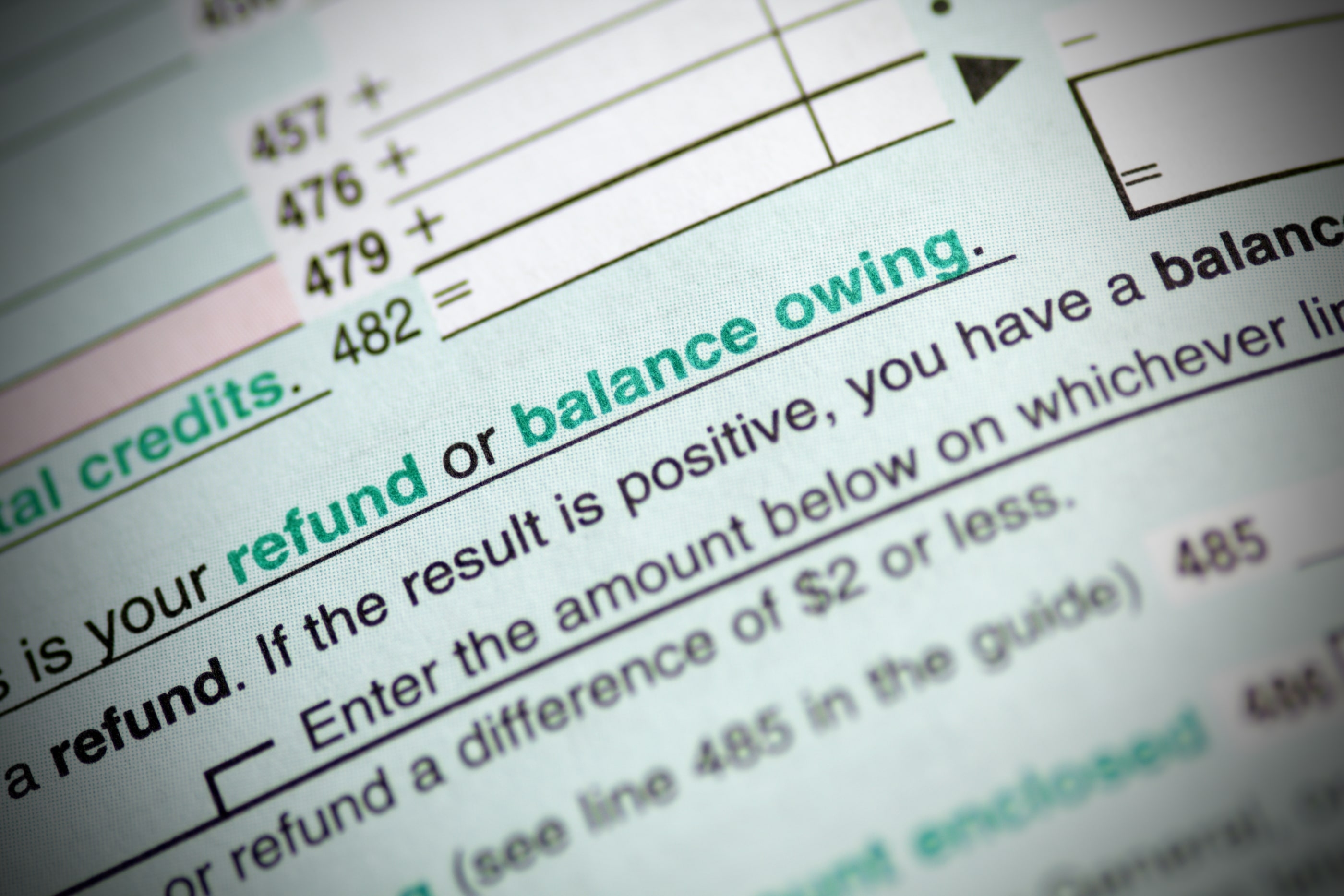Received a T4A slip? You Need to File a Tax Return. Here’s Everything You Need to Know
As of 2024, it's important to note that pandemic benefits are no longer applicable to your tax return.
How to repay your COVID-19 benefit tax bill to the CRA
The Canada Revenue Agency has mailed T4A slips to countless workers across Canada.
The message delivered by these slips is clear: If you received COVID-19 benefits in 2020, you must file a 2020 tax return before 30 April.
Unlike employment income, where income tax is automatically deducted before you receive your paycheck, pandemic payments (such as CERB and CRB) are taxable, but tax was not deducted at source. (A small amount of tax was deducted from CRB benefit cheques. More details below).
That means that, if you received a benefit, you must file your return and pay your bill before the deadline in April.
In this guide, we’re going to take a look at everything you need to know about paying your COVID payment tax bill.
The average Canadian tax refund is $998

What is a T4A?
Most employees in Canada will be accustomed to receiving a T4 slip from their employer before the end of February each year. This document summarizes income earned and tax withheld over the previous working year.
T4A forms are like T4 forms but with one key difference.
Instead of listing the amount of wages and benefits provided by an employer, the T4A lists the amount of any benefits provided by the Canadian federal government.
It’s important to note that, like regular T4 slips, T4As do not specify the exact amount of tax owed. Instead, they are a statement of the income and taxes already deducted.
How much tax will you pay on your pandemic benefits?
While you do not need to file your return until 30 April, the CRA is encouraging COVID benefit recipients to set aside some cash to ensure they can pay their tax underpayment at the deadline.
Exactly how much you will owe will depend on your personal circumstances and the specific benefit you received.
If you received the Canada Recovery Benefit (CRB), Canada Recovery Sickness Benefit (CRSB) for self-employed individuals, or the Canada Recovery Caregiving Benefit (CRCB), the Canadian government should have already deducted a 10-per-cent withholding tax. However, the total rate of taxation due depends on your marginal tax rate and this is why you may have an additional payment to make at the tax deadline.
The higher your income, the higher the marginal tax rate. Meanwhile, for other benefits – such as CERB – no tax was deducted at source.
The average Canadian tax refund is $998
Canada Emergency Response Benefit (CERB)
Period covered: 15 March – 26 September
Benefit amount: Eligible applicants received $500 per week for up to 28 weeks (for a maximum of $14,000).
Tax deducted at source: The CRA did not deduct any income tax at source from the CERB payment
Simplified Employment Insurance Program
Period covered: Eligible individuals will receive this benefit for a minimum of 26 weeks for a one-year period from 27 September 2020.
Benefit amount: The Canadian government increased the minimum benefits that are available from the EI program, so individuals will receive at least the same weekly amount as the CERB provided ($500 weekly).
Tax deducted at source: EI benefits are taxable and tax is withheld at source.
Canada Recovery Benefit (CRB)
Period covered: 27 September - 25 September
Benefit amount: You could receive a benefit amount of $500 per week, for up to 26 weeks.
Tax deducted at source: The CRB is taxable and 10% tax is withheld at source. This means that you still owe the difference if your marginal tax rate is higher even though 10 per cent of the taxable amount was deducted at the source.
Canada Recovery Sickness Benefit (CRSB)
Period covered: 27 September - 25 September
Benefit amount: If you are employed or self-employed and don't have a paid sick leave program, the CRSB may provide a $500 per week taxable benefit, for up to two weeks. You can claim this benefit if, you cannot work either because you are ill or because you must self-isolate due to COVID-19, or you are more susceptible to COVID-19.
Tax deducted at source: The CRSB is taxable and 10% tax is withheld at source. Similarly to CRB, you may owe an additional tax payment if you received this benefit.
Canada Recovery Caregiving Benefit (CRCB)
Period covered: 27 September - 25 September
Benefit amount: The CRCB provides a $500 per week taxable benefit, for up to 26 weeks, if you miss work to care for a family member in certain circumstances due to COVID-19.
Tax deducted at source: Only 10% tax is withheld at source. The balance of tax due must be paid before the tax deadline.
The average Canadian tax refund is $998
How to determine your tax underpayment
CERB, EI, CRB, CRSB and CRCB are all taxable as ordinary income (like income from employment or self-employment). The amount of tax you will owe depends on your marginal tax rate for the year and your total income for 2020.
Individuals pay taxes at graduated rates, meaning that your rate of tax gets progressively higher as your taxable income increases.
Federal tax rates
|
Income earned |
Tax rates |
|
zero to $55,867 |
15 per cent |
|
$55,867 to $111,733 |
20.5 per cent |
|
$111,733 to $173,205 |
26 per cent |
|
$173,205 to $246,752 |
29.32 per cent |
|
$246,752+ |
33 per cent |
Each province also has its own set of provincial tax brackets, meaning that your combined federal/provincial rate could range from a low of 20 per cent (in British Columbia and Ontario) to a high of 54 per cent (in Nova Scotia).
Case studies
Frank lives in Vancouver. He earned $2,000 before being furloughed on 15 March. He then received a maximum of $14,000 of CERB. If the $2,000 was his only 2020 income, he would have owed no tax as the total estimated income of $2,000 is below the basic personal amount federally and in British Columbia. With the addition of $12,000 CERB, he would owe $671 in tax on his total income of $14,000.
Toronto
Roger lives in Toronto. He earned $20,000 between 1 January and 31 March 2020 (when he lost his job). He collected $14,000 in CERB for 2020, bringing his 2020 estimated income to $34,000. With $20,000 of income, his tax bill would have been $1,481.
However, Roger now has a total income of $34,000 so his tax bill would be $4,288. He should, therefore, set aside $2,807 (the difference between $1,481 and $4,288) to cover his tax liability for 2020.
Regina
Carrie lives in Regina, Saskatchewan. She received 12 weeks of CRB from October - December 2020. Her total income from the year (including $6,000 of CRB) was $30,000. She estimates that the tax on her 2020 self-employment income of $24,000 will be $2,899.
With the addition of the $6,000 in CRB, however, her estimated total tax for 2020 is now $4,429 (an increase of $1,530). As only 10% or $600 would have been withheld at source from her $6,000 of CRB payments, Emma will need to set aside $930 ($1,530 – $600) to cover the estimated tax that she owes.
The average Canadian tax refund is $998
I can’t afford to make these repayments right now. What should I do?
Firstly, don’t worry! Plenty of people are in the same boat as you.
If you feel that you will not be able to repay the amount due, you can reach out to the CRA to set up a repayment arrangement.
The CRA has indicated it will work with individuals on a case-by-case basis, so it won’t be a carpet rule for everyone repaying the amount due.
What happens if I don’t file my tax return?
Should you owe money to the CRA and miss the tax deadline, you may incur penalties and interest once the deadline passes.
In fact, the interest rate is five per cent, plus an additional per cent for each month it remains unpaid.
What’s more, if you’re in Canada under a temporary visa status, you may jeopardise your future Canadian visa or permanent residency applications.
The average Canadian tax refund is $998
How can I reduce my Canadian tax underpayment?

If you worked in Canada and earned over the tax-free allowance ($15,000), you might be able to claim on the cost of certain expenses to reduce your overall tax liability.
Examples of these expenses include: Medical, moving, and business expenses. Find out more about these here.
You can claim medical expenses as long as they were paid for yourself, your spouse or common-law partner and certain related persons.
You can also claim expenses for working from home.
Non-residents can claim tax relief on home office expenses, such as:
- electricity, heat and water bills,
- maintenance,
- property taxes,
- home insurance,
- supplies,
- tools,
- license fees,
- Training costs (when upgrading your skills that relate to your employment)
To apply for these, you will need a T2200 Form (Declaration of Conditions of Employment). This form should be completed by your employer and provided to you.
Remember, you’ll need to keep a receipt of any expense you plan on claiming back on.
In 2020, many people were working from home and the Canada Revenue Agency announced a new temporary flat rate method for calculating the working from home expenses. If you are eligible you can claim $2 for every day you worked from home in 2020 (up to 200 working days) due to COVID-19. You can find more information about the working from home expenses here.
The average Canadian tax refund is $998

Who can help me to file my Canadian tax return?
The prospect of filing a Canadian tax return can be pretty daunting.
But the good news is that Taxback can make it easy for you!
We’ll handle all of the paperwork and guarantee your compliance with the CRA.
What’s more, if you have a tax underpayment, we’ll ensure you claim every tax entitlement you’re due to reduce your tax bill. You may even be due a tax refund!
To get started, simply complete the short form.
The average Canadian tax refund is $998
Why choose Taxback
- Simple online process
- No complicated forms – we handle all the paperwork
- You’ll claim every tax entitlement you’re due
- CRA compliance guaranteed
- You can use our tax refund calculator to find out how much tax you are due back!




